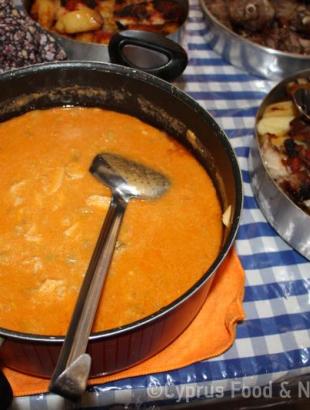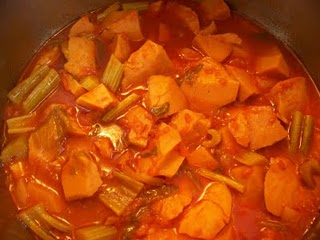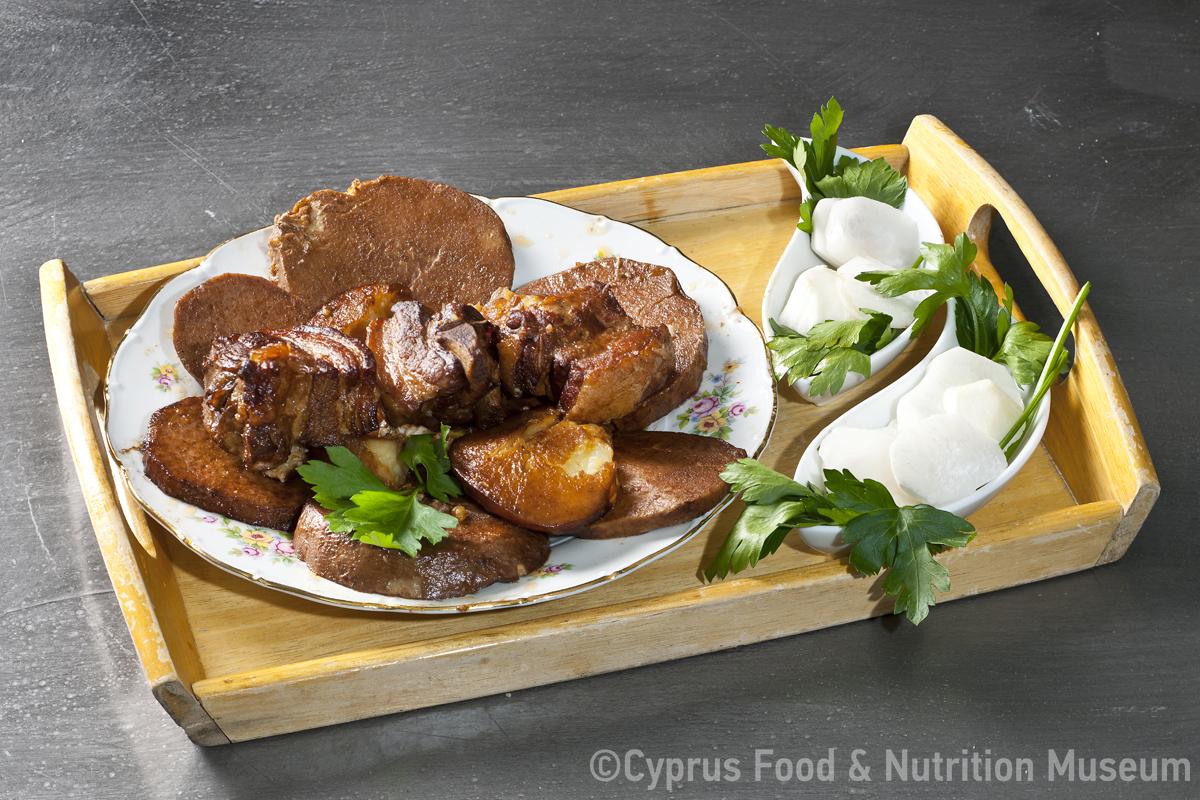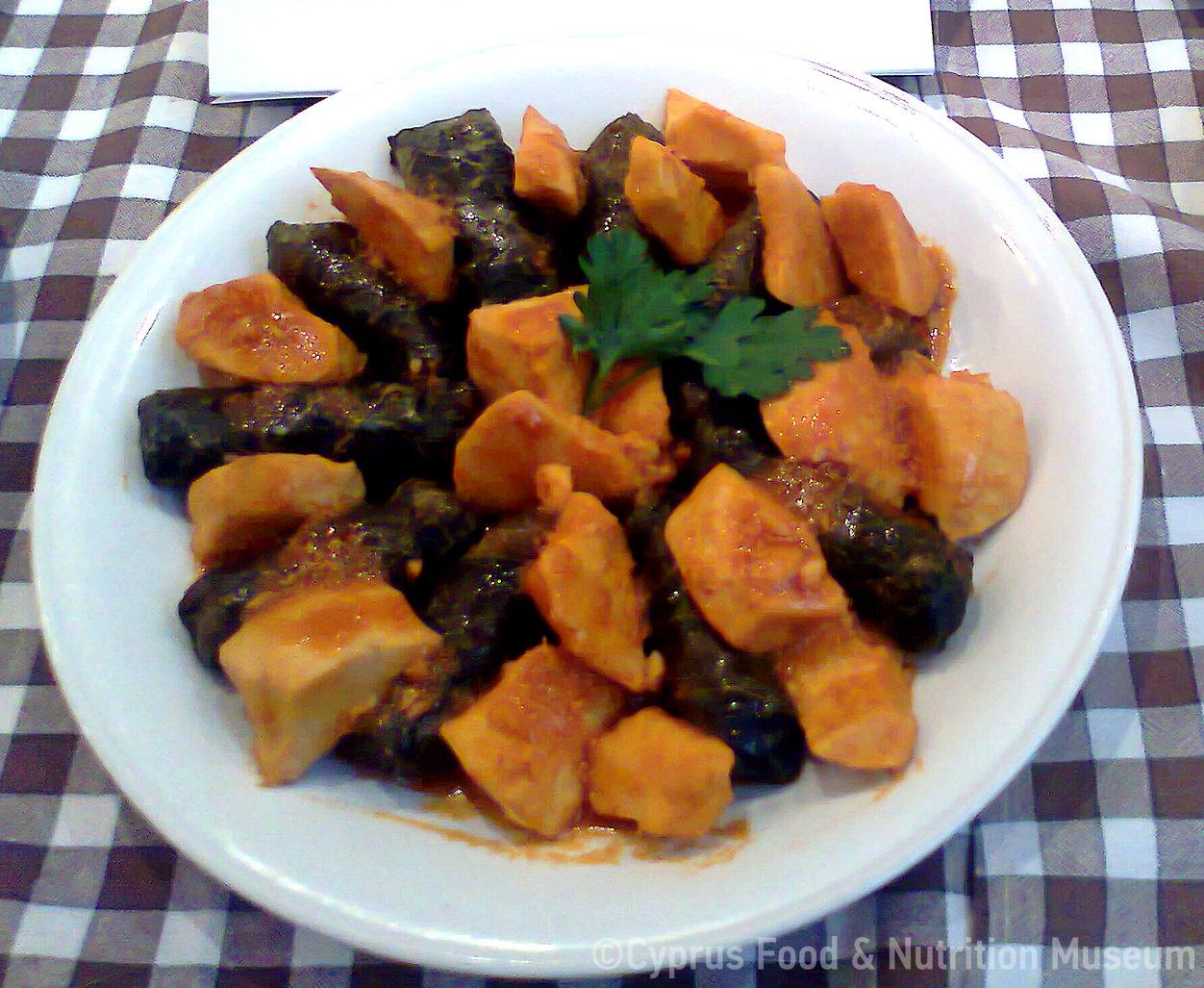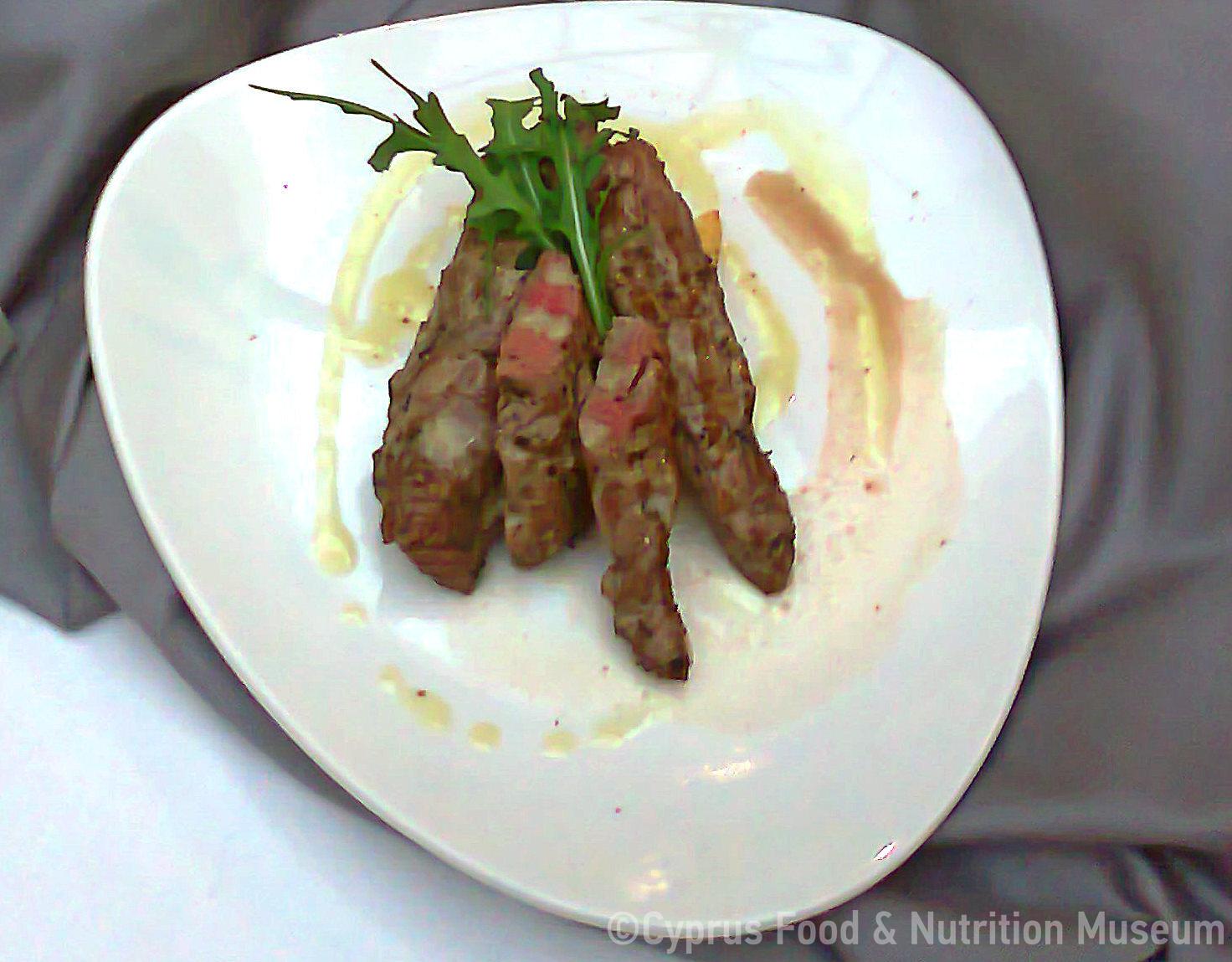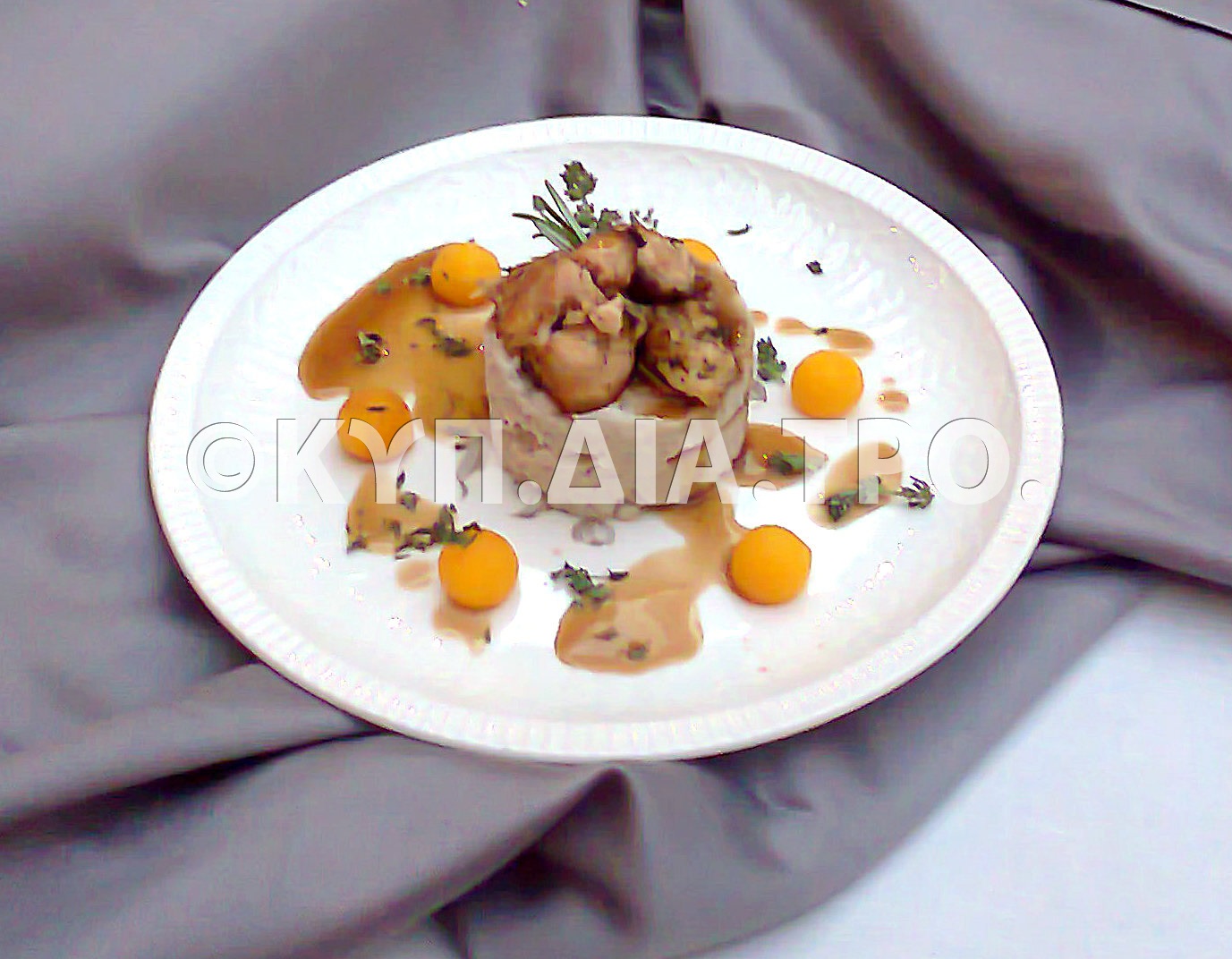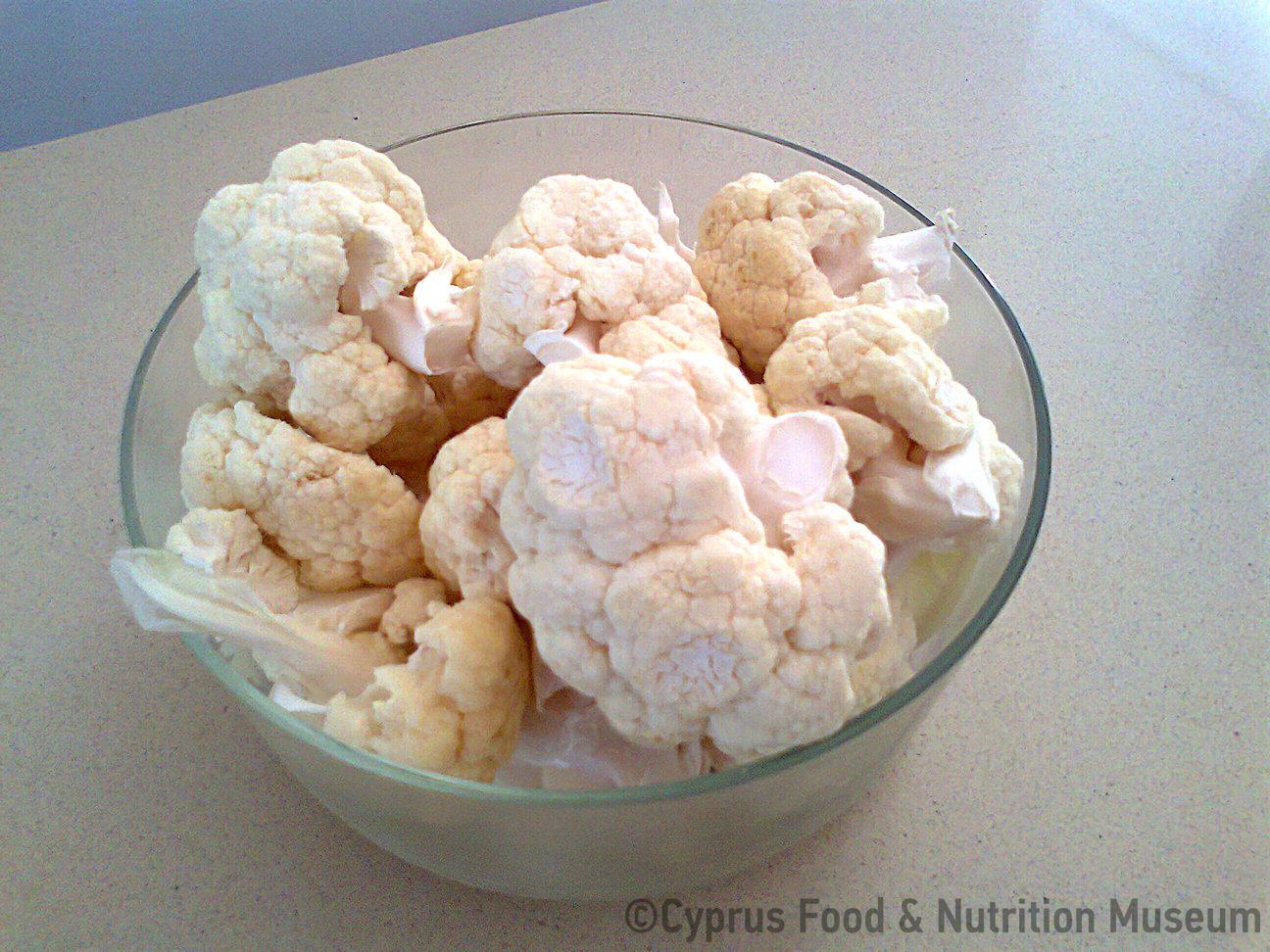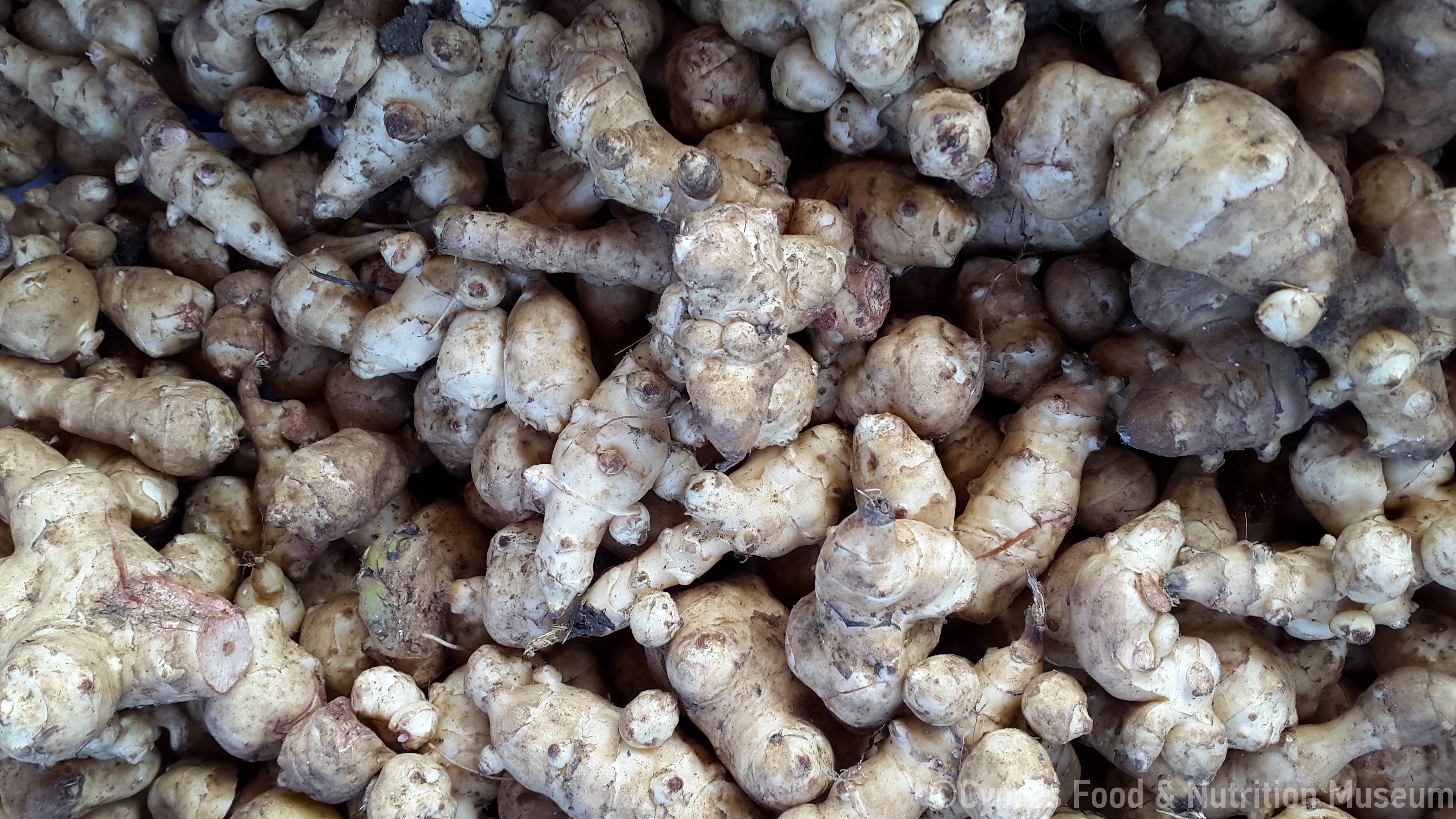Kolokasi Sotiras is a registered PDO since 2016.
The earliest reference to kolokasi in Cyprus dates back to 1191 AD; according to this reference, kolokasi was served at a dinner to celebrate the marriage of Richard the Lionheart to Berengaria at Limassol Castle (Jeffery 1926).
Name - Origin
A starchy bulb (Petrou-Poeitou 2013, entry kolokasi, 62)
The kolokasia plant, commonly known as kolokasi (Colocasia esculenta) is an edible vegetable of the Araceae family. It is cultivated for its edible, starchy roots. Kolokasi cultivated in Cyprus is much larger than in other countries. Cooked kolokasi tastes similar to potato with a nutty flavour (MANRE, 2022, entry 33)
ETYM. < original kolokasion (Yangoullis 2009, entry κολοκάσιν - κολοκάτσιν,το, 210) < Latin name of the plant: Colocasia esculentum (Ministry of Agriculture 2022, entry 33 - kolokasi) < French colocase < Latin colocasia and med. Colocasion (Petrou-Poeitou 2013, entry Κολοκάσι, 62)
Kolokasi is cooked in various ways, eg. with tomatoes, with or without meat or as kappamas with wine (very popular in the Ammochostos district). Fried kolokasi, either sliced or in chips, as well as mashed kolokasi are excellent mezé dishes.
Functional and symbolic role
Kolokasin is one of the most common daily foods for Cypriots (note: Stalo Lazarou).
In the past, people used to combine kolokasin with koupepia or beans (Hadjicostas 1986, 106).
Additional information and bibliography
The earliest reference to kolokasin in Cyprus dates back to 1191 AD; according to this reference, it was served at a dinner to celebrate the marriage of Richard the Lionheart to Berengaria at Limassol Castle (Jeffery 1926). According to Athanasios Sakellarios, the best kolokasi in Cyprus was produced in Lapithos and Paphos. Before the Turkish invasion of 1974, large areas were cultivated in Agios Andronikos Karpasias, Syrianochori and, to a lesser extent, in the Paphos district. Today, kolokasin is grown mainly in the Famagusta district, particularly in the village of Sotira, and to a lesser extent in the villages of Frenaros and Liopetri (Sakellarios 1991).
Kolokasi is planted at the end of February (early planting) and continues until May (late planting) in red soil fields that have been previously cultivated with rich fertilisation. The plant produces a large central rhizome (mappa), many lateral rhizomes (poulles) and non-edible leaves. The production is mainly distributed to the local market, while some quantities are exported to the UK (Ministry of Agriculture 2011, entry 26 - Kolokasi).
Yangoullis K. G. (2009), Θησαυρός Κυπριακής Διαλέκτου. Ερμηνευτικό, Ετυμολογικό, Φρασεολογικό και Ονοματολογικό Λεξικό της Μεσαιωνικής και Νεότερης Κυπριακής Διαλέκτου, Βιβλιοθήκη Κυπρίων Λαϊκών Ποιητών, 70, Theopress Publications, Nicosia.
Petrou-Poeitou E. (2013), Από πού κρατάει η σκούφια τους. Λέξεις και ιστορίες από τον κόσμο της γεύσης, Epiphaniou Publications, Nicosia.
Sakellarios A. (1991), Τα Κυπριακά (1890), τ. Α΄, Εκδόσις Εκατονταετηρίδος, Cultural Foundation of Archbishop Makarios III, Nicosia.
Ministry of Agriculture, Natural Resources and Environment, Department of Agriculture (2011), Gastronomical Map of Cyprus, Press and Information Office, Nicosia.
Ministry of Agriculture, Natural Resources and Environment, Department of Agriculture (2022), Gastronomical Map of Cyprus, Press and Information Office, 40/2022-5000 Nicosia.
Hadjicostas L. (1986), «Τα κουκιά στη δίαιτα και την παράδοση του λαού μας», Λαογραφική Κύπρος 16,36, 103-107.
Stalo Lazarou, Demetra Demetriou, Argyro Xenophontos, Tonia Ioakim
